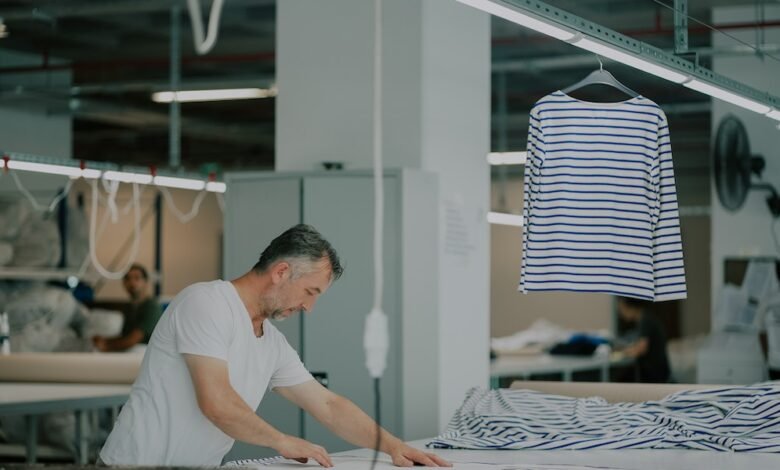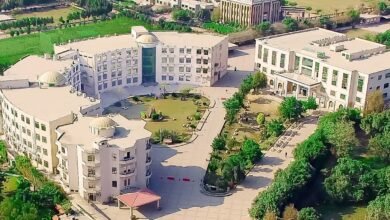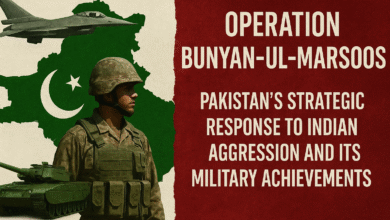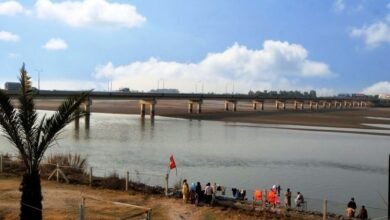
Multan’s Textile Industry, Multan, a city steeped in history and culture, is renowned for its rich textile industry. The city’s textile heritage dates back centuries, and its fine fabrics have gained international recognition. This article explores the historical background of Multan’s textile industry, the artisans behind its craftsmanship, the significance and legacy of its products, the challenges faced by the industry, and its future prospects.
Multan has been a center for textile production since ancient times. The region’s strategic location on the ancient trade routes facilitated the exchange of textiles and raw materials. Traders from various civilizations, such as the Indus Valley, Persian, and Mughal empires, contributed to the development of Multan’s textile industry.
Read More: Multan’s Handicrafts: A Treasure Trove of Traditional Artistry
Multan’s Textile Industry
The Rise of Multan’s Textile Industry
Over the centuries, Multan’s textile industry flourished, driven by its skilled artisans, favorable climate, and access to high-quality raw materials. The city became known for its exquisite fabrics, including cotton, silk, and wool. Multani textiles gained popularity not only within the Indian subcontinent but also across the Islamic world and beyond.
Key Products and Manufacturing Techniques
Multan’s textile industry offers a diverse range of products, each known for its unique characteristics. From the intricately woven Multani Sarees to the vibrant Multani Khussas (traditional shoes), the city’s textile artisans showcase their expertise in various domains. Traditional techniques, such as block printing, tie and dye, and embroidery, continue to be integral to the production process.

Artisans and Craftsmanship
Skilled Workforce
Multan’s textile industry owes its success to the skilled artisans who have mastered the art of weaving and embellishment. These craftsmen possess intricate knowledge and expertise passed down through generations, ensuring the preservation of traditional techniques. Their dedication and attention to detail contribute to the superior quality of Multani textiles.
Traditional Techniques
The use of traditional techniques sets Multan’s textile industry apart. Artisans employ age-old practices, such as Ajrak printing, which involves intricately carved wooden blocks dipped in natural dyes to create stunning geometric patterns. Similarly, the craft of Multani embroidery showcases the intricate needlework and embellishments that adorn fabrics, making them unique and visually captivating.
Significance and Legacy
Cultural Heritage
Multan’s textile industry is deeply intertwined with the city’s cultural heritage. The textiles produced here reflect the region’s traditions, customs, and artistic sensibilities. They are often used in traditional ceremonies, weddings, and festivals, contributing to the vibrant cultural fabric of Multan and its surrounding regions.
Economic Impact
The textile industry plays a pivotal role in Multan’s economy. It provides employment opportunities to a significant portion of the local population and contributes to the city’s revenue through exports. Multani textiles have gained recognition globally, attracting buyers and tourists, thereby boosting the local economy and promoting cultural exchange.
Challenges and Adaptation
Global Competition
Multan’s textile industry faces stiff competition from global markets. Mass production, cheap labor, and lower production costs in other countries have posed challenges to the local artisans and manufacturers. To stay relevant, Multani textile businesses have had to adapt by exploring niche markets, emphasizing quality, and embracing innovative design approaches.
Technological Advancements
Technological advancements have revolutionized the textile industry worldwide. Multan’s textile manufacturers have incorporated modern machinery and equipment to improve production efficiency and meet international quality standards. While this adaptation has enhanced productivity, efforts are made to strike a balance between preserving traditional craftsmanship and leveraging technological advancements.

Sustainability and Ethical Practices
In recent years, the textile industry has faced scrutiny for its environmental impact and ethical practices. Multan’s textile industry is conscious of these concerns and is gradually adopting sustainable practices. Efforts are being made to promote eco-friendly materials, reduce waste, and ensure fair trade practices to preserve the environment and protect the rights of workers.
Future Prospects
Multan’s textile industry continues to evolve and adapt to changing market dynamics. By leveraging its rich heritage, skilled workforce, and embracing innovation, the industry is poised for growth. Collaborations with international designers, exploring e-commerce platforms, and diversifying product offerings are some strategies being pursued to ensure a sustainable and prosperous future.
Multan’s Textile Industry, Conclusion
Multan’s textile industry stands as a testament to the city’s rich cultural heritage and the craftsmanship of its skilled artisans. With a legacy spanning centuries, the industry has overcome numerous challenges and remains a source of pride for the region. By embracing sustainability, adapting to technological advancements, and promoting ethical practices, Multan’s textile industry is well-positioned to continue thriving and enchanting the world with its fine fabrics.
Read More: Multan’s Sufi Trails: Exploring the Mystical Side of the City

FAQs
- Are Multani textiles available for purchase online?
Yes, Multani textiles are available for purchase online. Many retailers and e-commerce platforms offer a wide range of Multani products, allowing customers to explore and buy them from the comfort of their homes.
- Can you provide more information about Multani embroidery?
Multani embroidery is a traditional craft known for its intricate needlework and embellishments. Artisans use various stitching techniques to create beautiful patterns and designs on fabrics, adding a touch of elegance and sophistication to the final product.
- What makes Multani textiles unique?
Multani textiles are unique due to their traditional production techniques and the rich cultural heritage associated with them. The use of natural dyes, intricate block prints, and skilled craftsmanship contribute to their distinctiveness and appeal.
- How has Multan’s textile industry contributed to the local economy?
Multan’s textile industry is a significant contributor to the local economy. It provides employment opportunities to a large number of people and generates revenue through exports, attracting buyers and tourists to the region.
- What steps are being taken to ensure sustainable practices in Multan’s textile industry?
To promote sustainability, Multan’s textile industry is adopting eco-friendly materials, reducing waste through efficient production methods, and implementing fair trade practices. These steps aim to minimize the environmental impact and ensure the well-being of workers involved in the production process.








2 Comments